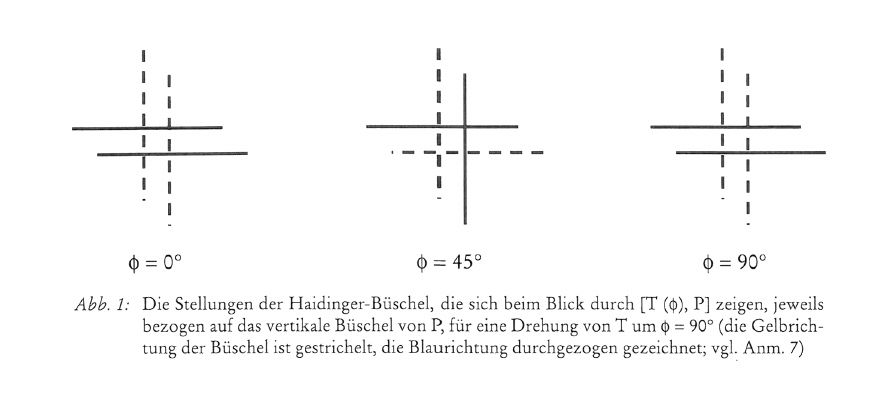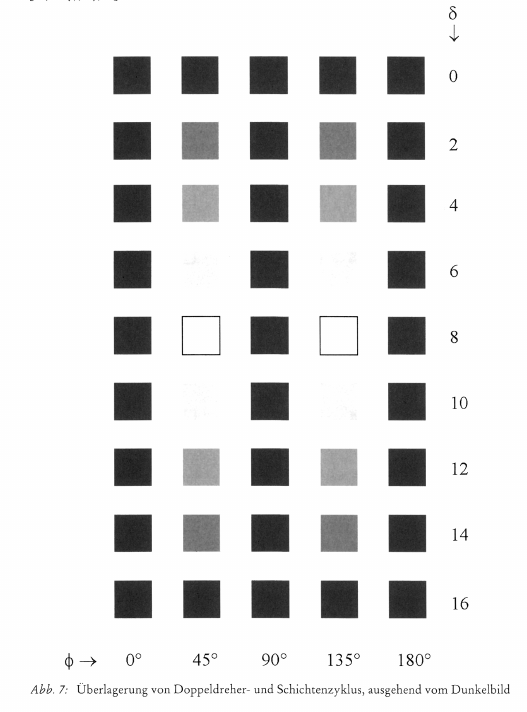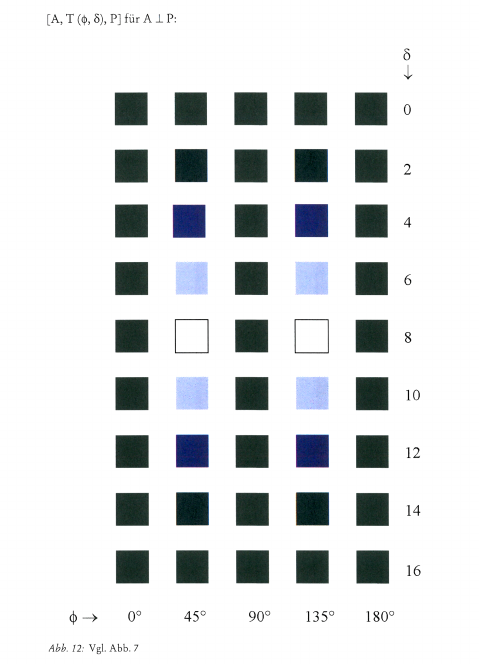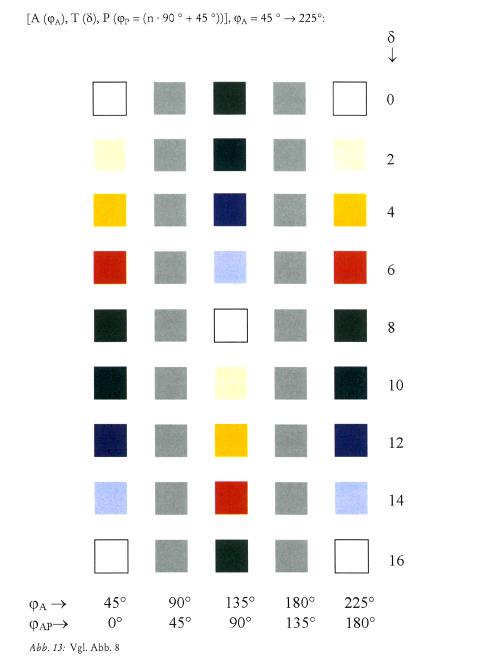Doppeldrehung und Polarisation
Elemente der Naturwissenschaft
75,
2001,
P.
13-32 |
DOI:
10.18756/edn.75.13
Article | Language: German | €6.00
Export Article Citation as
- Plain text
- BibTeX
- RIS format
- Download price : € 6.00
Abstract:
Based on a discovery of Haidinger, cyclic sequences of images as a result of an interplay of the optical elements analyser, transformer and polarizer are investigated. The change of the image intensity shows characteristic deviations from Malus’ law. Following a hint given by Howald-Haller, the spatial formations of the optical elements are related multiplicatively to each other by scalar product. The image intensity can then be described as a function of these relations.












